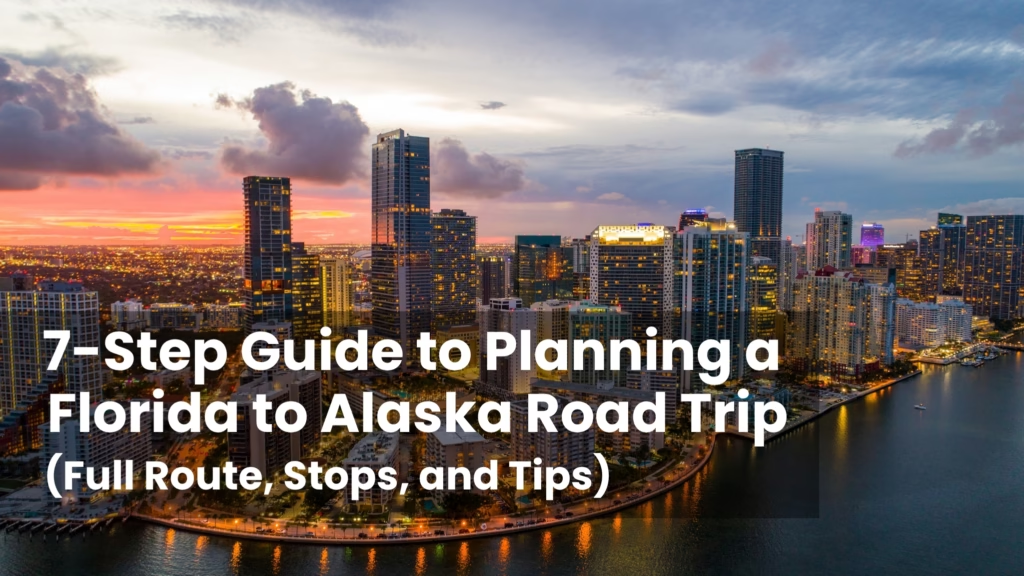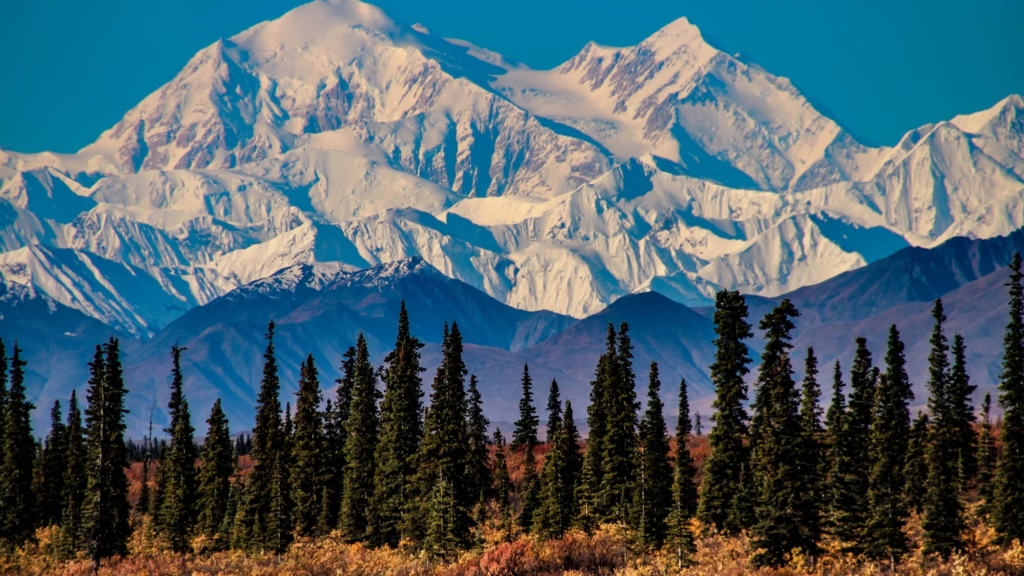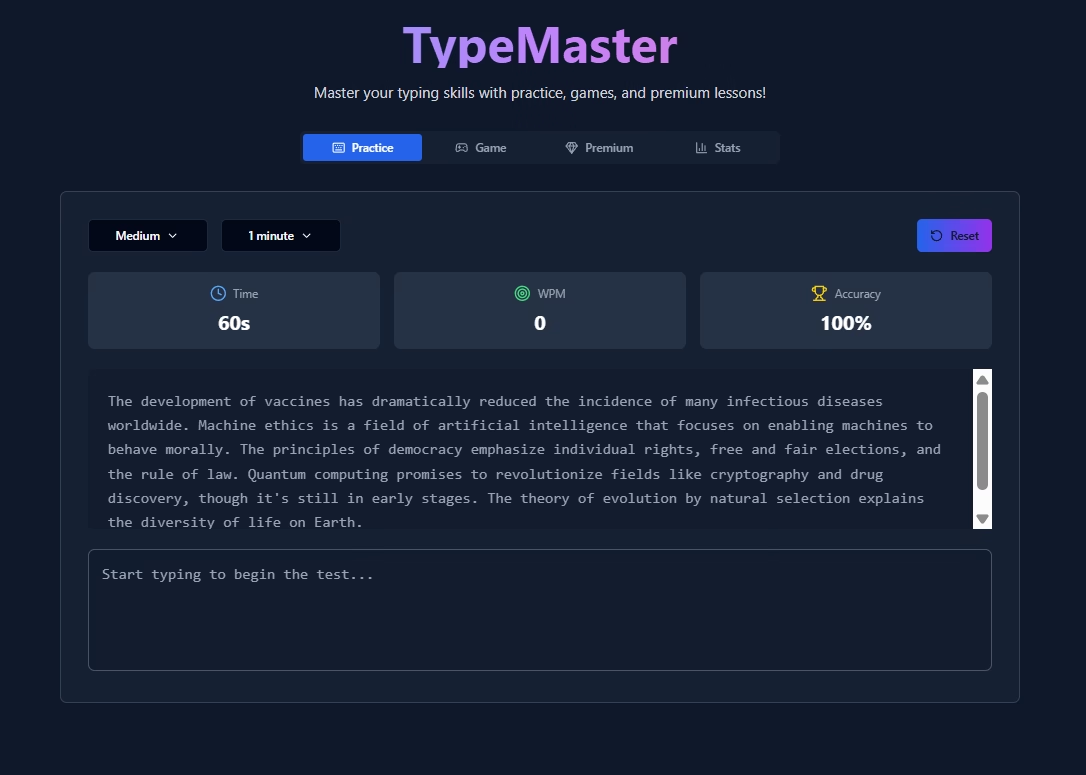Road trip from Florida to Alaska is one of the longest and most exciting road trips in North America. It’s a true coast-to-coast journey—stretching across the USA and into the wild landscapes of Canada. If you’re dreaming of hitting the open road and experiencing the beauty of two completely different worlds in one trip, this guide is for you.
In this blog, we break it all down step-by-step: how to road trip from Florida to Alaska, best places to stop, where to stay, what to do on the way, and practical tips for the journey.

Table of Contents
1. How Long Is the road trip from Florida to Alaska?
The road trip from Miami, Florida to Anchorage, Alaska covers around 4,300 to 5,000 miles, depending on your route. That’s approximately 10–15 days of driving, not including sightseeing, rest days, or overnight stays.
Quick Facts:
- Route Distance: ~4,500 miles
- Driving Time (without stops): ~75 to 85 hours
- Suggested Trip Duration: 3–4 weeks
- Best Time to Travel: May to September (avoid winter roads in Canada and Alaska)
2. Best Driving Route From Florida to Alaska
There are a few ways to drive to Alaska, but the most reliable and scenic route is:
Miami → Atlanta → Nashville → St. Louis → Kansas City → Rapid City → Montana → Alberta → British Columbia → Yukon → Alaska
Key Highways You’ll Use:
- I-75 North (from Florida to Georgia)
- I-24 & I-64 (across Tennessee to Missouri)
- I-90/I-94 (through Midwest to Montana)
- Alberta Highway 2 & BC Highway 97
- Alaska Highway (starts at Dawson Creek, BC)
Once you reach Tok, Alaska, you’ll merge with the Alaska Route 1 to head toward Anchorage or explore other parts of the state.
3. Must-Stop Cities and Attractions
Here’s a list of major stops you should consider along the way, ideal for both sightseeing and overnight breaks.
1. Atlanta, Georgia
- Explore the Georgia Aquarium or World of Coca-Cola
- Stay near Midtown for access to food and nightlife
2. Nashville, Tennessee
- Known for live music, Southern food, and culture
- Budget-friendly motels are easy to find on the outskirts
3. St. Louis, Missouri
- Visit the Gateway Arch and explore Forest Park
- Great mid-point for a rest day
4. Mount Rushmore and Rapid City, South Dakota
- Drive the scenic Badlands Loop
- Must-see national monument stop
5. Glacier National Park, Montana
- Perfect for a full-day stop
- Consider camping or a rustic lodge stay
6. Calgary and Banff, Alberta
- Visit the Canadian Rockies and Lake Louise
- Stay in Banff for stunning mountain views
7. British Columbia and the Yukon
- Use Dawson Creek as your Alaska Highway starting point
- Stop in Whitehorse for a small-city vibe with big wilderness energy
4. Entering Alaska: What You Need to Know
As you enter Alaska from Canada, you’ll go through U.S. Customs at the border.

What You’ll Need:
- Valid Passport (or Enhanced Driver’s License)
- Vehicle Registration and Insurance
- Optional: International Driving Permit (recommended if not a US or Canadian citizen)
Make sure your car is in good shape—especially brakes, tires, fluids, and spare parts. You’ll be traveling through remote areas with long stretches of wilderness.
5. Where to Stay: Roadside Lodges, Motels, and Campgrounds
Budget Lodging Options:
- Motel 6, Days Inn, Red Roof Inn across the Midwest
- KOA Campgrounds (great for RVs and camping)
- Airbnb and local lodges in Canada and Alaska
Alaska Accommodation Ideas:
- Anchorage: Inlet Tower Hotel, local B&Bs
- Fairbanks: Affordable motels and hostels
- Seward or Homer: Cozy cabins or seaside campgrounds
Book in advance during summer months, especially in Canadian national parks and Alaskan towns.
6. What to Do on the Way (Outdoor and Cultural Activities)
This road trip isn’t just about the destination—it’s about enjoying the ever-changing scenery and discovering hidden gems along the way.
Outdoor Adventures:
- Hiking in Smoky Mountains, Montana, and Yukon
- Wildlife spotting: Bison, elk, bears, moose
- Camping under starlit skies in Alberta and Alaska
Cultural Stops:
- Country music tours in Nashville
- Native American history in South Dakota
- First Nations heritage museums in Canada
- Gold rush towns and cabins in Yukon and Alaska
You’ll pass through five climate zones—tropical, temperate, high-altitude, boreal forest, and subarctic. It’s like seeing five countries in one trip.
7. Important Tips for the Florida to Alaska Road Trip
Gas Stations and Food:

- Fill up often in Canada and Yukon—long gaps between towns
- Carry non-perishable snacks, water, and a camping stove
- Use apps like iOverlander or GasBuddy to plan stops
Border Tips:
- Be polite and answer questions clearly
- Declare any food, alcohol, or cash over $10,000
- Do not carry firearms unless properly declared
Vehicle Prep:
- Full vehicle check-up before departure
- Carry extra engine oil, spare tire, jumper cables
- Ensure your car can handle gravel roads and high altitudes
Safety:
- Cell coverage is limited in remote Canada and Alaska
- Carry a physical map and download offline GPS maps
- Watch for wildlife, especially in Yukon and Alaska
Final Thoughts: Is the Florida to Alaska Drive Worth It?
Absolutely. Driving from Florida to Alaska isn’t just a long-distance challenge—it’s a once-in-a-lifetime experience. You’ll go from palm trees and ocean waves to glaciers, mountain peaks, and northern lights. Every day feels like a different world.
If you love long drives, diverse landscapes, and spontaneous adventure, then this trip should be on your bucket list. It’s not the fastest way to Alaska, but it’s definitely the most rewarding.
So pack your bags, fill up the tank, and hit the road—you’ve got thousands of unforgettable miles ahead.
Affiliate Products:
1. Reusable Water Bottle
Product: PEXPO Craft Pro 1000
2. Travel Camera or Smartphone Gimbal
Product: Handheld Gimbal Stabiliser
3. Sunscreen for Outdoor Adventures
Product: Aqualogica Glow+ Dewy Sunscreen Gel
Other Content
Fayetteville AR USA – Top 17 Travel Gems You Shouldn’t Miss – Click Here >
Sedona Weekend Getaway- Best Weekend Trips from Phoenix, Arizona – Click Here >
Discover Alaska, USA: Best Place to Visit in Alaska For First Time – Click Here >
Summer Best Place to Visit in Alabama USA – Gulf Shores – Click Here >



I want to thank you for your assistance and this post. It’s been great.
Thank you for sharing this article with me. It helped me a lot and I love it.
Thank you for being of assistance to me. I really loved this article.
Your articles are extremely helpful to me. Please provide more information!
whoah this blog is wonderful i love reading your articles. Keep up the great work! You know, many people are looking around for this information, you can aid them greatly.
Nice post. I learn something new and challenging on sites I stumbleupon everyday. It’s always exciting to read through content from other authors and practice a little something from other web sites.
Nice answers in return of this matter with firm arguments and telling everything concerning that.
Hi there, everything is going sound here and ofcourse every one is sharing data, that’s really good, keep up writing.
You’re so interesting! I don’t suppose I have read something like this before. So nice to discover another person with a few genuine thoughts on this subject. Seriously.. many thanks for starting this up. This web site is something that’s needed on the web, someone with a little originality!
I used to be able to find good advice from your blog articles.
I’ve been surfing online more than 3 hours today, yet I never found any interesting article like yours. It’s pretty worth enough for me. Personally, if all webmasters and bloggers made good content as you did, the web will be much more useful than ever before.
Hi there to every one, since I am really eager of reading this blog’s post to be updated on a regular basis. It includes fastidious data.
Wow, marvelous weblog structure! How long have you ever been running a blog for? you make running a blog glance easy. The overall look of your web site is wonderful, as smartly as the content material!
I used to be able to find good advice from your blog articles.
I am actually pleased to read this blog posts which contains lots of useful facts, thanks for providing these kinds of information.